For You, and for the Next Owner: Write Your Car’s History
I recently wrote about taking the winter offseason to get your car’s legal paperwork in order, and that got me thinking about other topics that benefit from a little proactive work. After that all-important title work, there’s another that might make the next biggest difference in your car’s value when you go to sell it: documenting its history.
The reason is twofold. First, people deserve to know as much as possible about something for which they’re considering shelling out their hard-earned cash. Second, cars are an emotional purchase. You’re selling a memory-making device—share yours, and you share the appeal of the car.
Let’s be frank. While the car is the steak, the history surrounding it is the sizzle. And, if you have been paying attention in the past 10 or so years, the sizzle has become increasingly important when marketing your car.
This doesn’t mean creating a 700-word Facebook post with every exhaustive detail. It does mean documenting the journey that you and your car have shared and making that history available to buyers.
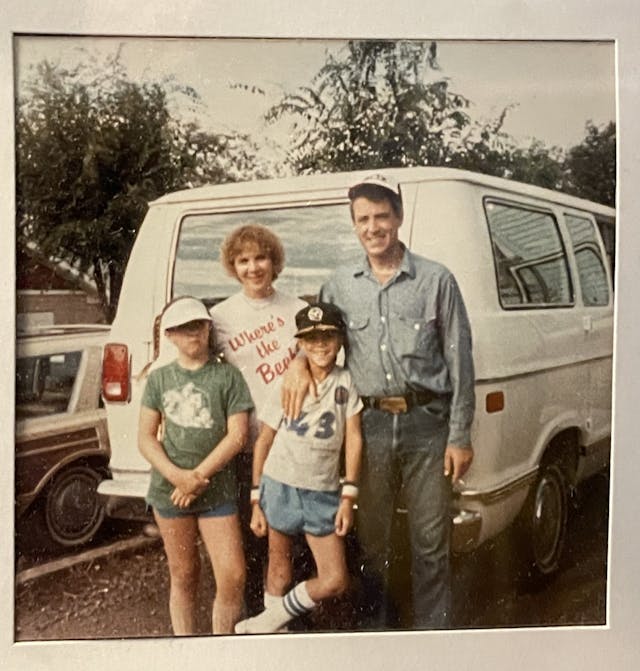
Whether you bought your car new or used, chances are good that you did some shopping before you pulled the trigger to purchase the exact one you did. Try explaining why you chose this one over others. Was it the great deal or an unusual color? The culmination of a five-year or five-day or even a five-minute chase?
The purchase is a great place to start, but you might want to consider an even earlier point. Was the thought of owning this car something that you would daydream about? Did the thought of owning your car drive you to work longer and harder? Even before that, your car was already on a path of its own—if you can find out names of previous owners, call or write them and learn from them about your car.
All this might sound like anecdotes you simply take for granted, but to the next owner, or an owner years from now, knowing more about what drove a previous purchase could make for peace of mind, or at the very least interesting reading.
As an appraiser, I hear a lot of stories about reasons or justifications for people buying the cars they ended up with. Some memorable ones included camping out on a dealer’s doorstep to be first in line, making over 50 phone calls (in the pre-internet days) to find the right car in the right colors, winning a golf bet with the owner of a dealership (an 18 hole challenge, $1000 cash versus a $3000 discount on a new Corvette; my client won the bet and got the car) and perhaps my favorite, a 12-year-old son talking his parents into buying a Ford Galaxy with a 427-cubic inch engine and a four-speed because “Dad could have a car to keep up with freeway traffic” (certainly not so that Junior could have the fastest car in the high-school parking lot four years hence).
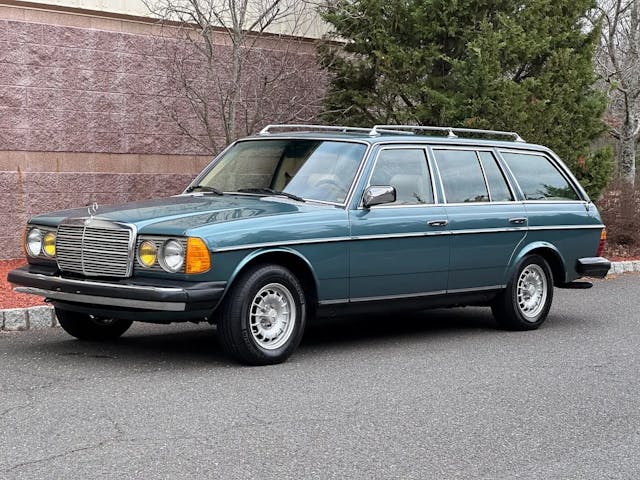
As enthusiasts, we have a way of making our cars part of the family. Shared experiences inform what a car comes to mean to people, and that doesn’t have to end when a vehicle gains a new owner. A recent dramatic sale of a 1982 Mercedes-Benz 300TD on Bring a Trailer drives this point home. Commenters and bidders were drawn to an immaculate car, but the prior owner regaled readers with heartfelt recollections, and that certainly helped. Moments of her life intertwined with the car (named Tully)—everything from picking it up new in Germany and having it shipped over on the Queen Elizabeth 2 ocean liner to following an ambulance carrying a loved one—captivated bidders and reminded those reading that sometimes a car is more than merely an appliance.
All this does not need to be as flowery as an auction description. If you feel you can’t adequately write your car’s history, then just write down thoughts and notes. Photos and videos are incredibly helpful, too, especially in this increasingly visual world.
In addition to the human side of your car’s story, there’s a practical aspect to this effort. Include your records and diligence in keeping the car up, and buyers will be more inclined to trust you as a seller. And, if your car was damaged at some point, it’s best you tell the reason for the repair rather than let a potential buyer wonder what happened, or worse yet, assume the worst from an external report.
All of which leads us to CarFax and similar reporting sites. Many buyers read CarFaxes in one of two ways: “good” and “bad.” The good have no damage history, while the bad ones have damage reported. But a five-mph parking lot bumper-bender has little in common with a high-speed T-Bone hit, even though both report an issue.
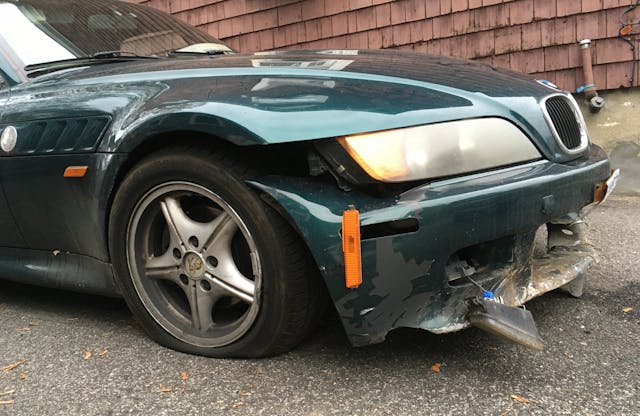
My advice? Take photos, describe what happened, and leave those photos and copies of repair work along with your full narrative (or just thoughts and notes) with the car. Did the CarFax report have something in error about your car? With all the inputs that get uploaded to them now, it’s a very real possibility. You can get in touch with them by filling out a form at support@carfax.com.
A final thought about history through the lens of big data: I have seen what should be considered a two-owner car reported as a five-owner car. Two lease companies procured titles in their name when a car was leased by two separate owners, when the lease was paid off, the individuals got titles in their name. The third owner was a dealer who sold the car second-hand. That dealer was located in a state where dealers are required to re-title the car in their name. CarFax calls it a five-owner car, but under current understanding of the rules, three of the “owners” were in fact either recording loans or following state dealer laws. This isn’t necessarily correctable, so be sure to highlight the true ownership number.
Remember: You’re the steward of this four-wheeled memory maker. The richness of your notes stand to benefit you, and the next lucky custodian.
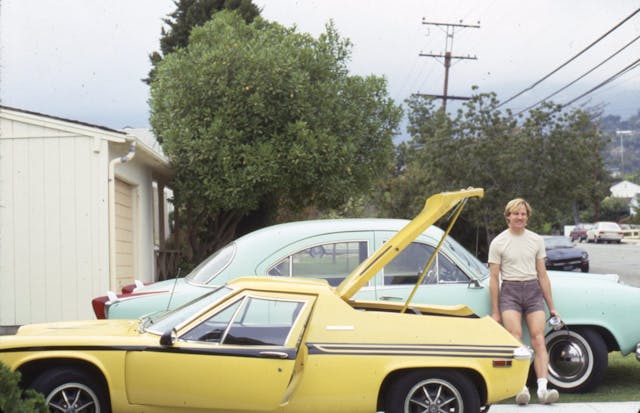
***
Check out the Hagerty Media homepage so you don’t miss a single story, or better yet, bookmark it. To get our best stories delivered right to your inbox, subscribe to our newsletters.
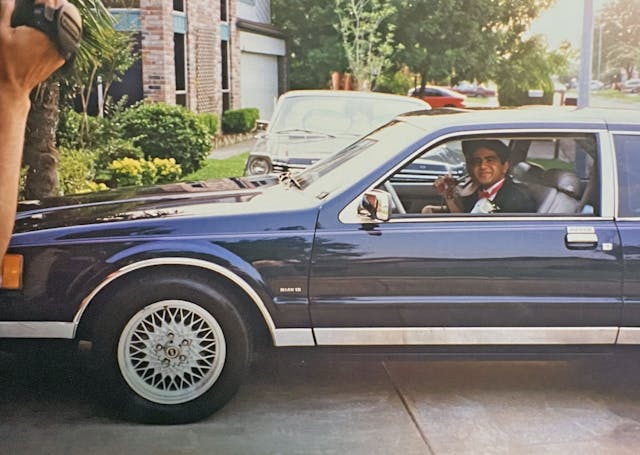


If you have a special car an over view in with documentations of modifications and repairs goes a long way to add value to a collector car.
My self and buddies have always had cars with stories but we never really knew what was true. One had a very clean 55 Bel Air and word was it was used in a hold up in SC back in the day. Well once we stripped the paint years later we found a bullet hole in the back of the car. Hmmm….
If you are able to document any history on a car it adds history and color to the car. May latest purchase was built and shipped to Cleveland to my surprise as the car was sold new in Mt Pleasant PA. I was lucky as car fax traxed the rest of the history.
My Chevelle was one that the original owner found me at a car show. I did not believe him at first but he knew things on the car the owner would only know. What was cool is he told me it was the first one sold at a local dealer. Well I had paper work for my fathers Chevelle sold at the same dealer and his was pickled up two days before. Odds are my dads car and my car came to the same dealer on the same truck at the same time. What are the odds.
I had been able to track much of the history on many other cars with protecto plates GM used to supply the original owner. While none of this added great value it did clear up and offered interesting looks into where these cars where from and what they had been through. Some had some interesting lives.
Now on my daily drivers I do keep the records of maintenance but I really don’t get into the history of these models as driving to work and the store are just not that big of a deal.
I learned at Pebble Beach the show is more about the story of the car and not the car it’s self at times. I saw how many owners kept a history book on their cars that tells the story of it and what it is. I did this for my show car and I now display the book. It explains a lot and many people have enjoyed the documents and info I put in there. It also explains why I have a scoop on the back of my car LOL!.
My current daily driver is not really worth keeping a journal or anything like that for, but I do log all repairs and maintenance and keep all the receipts so the next owner will have solid documentation of how the car was taken care of. It’s sad that almost no one seems to do anything like that anymore. It’s even more sad that it’s becoming difficult to buy a car from a private party any more. Without that connection you will never have the opportunity to speak to the previous owner and get those records, if they were actually kept.
I totally agree with your statements. A few years ago I sold a 2000 F250 with the 7.3 power stroke diesel. The truck was beginning to rust on the cab corners and rear fender wells. I had purchase the truck with just over 100,000 miles and it now had close to 200,000. I sold it for the asking price with no negotiation because the buyer was so impressed with a notebook I kept containing everything from wiper blade changes to oil changes to major repairs. Made all the difference in the world.
I love telling my cars story..
2011 Crown Vic.
I owned a 2005 Grand Marquis with 50,000 miles and sold it far too soon and didn’t truly appreciate the car.
For 7 years I would drool every time I saw a Panther car. I finally decided enough was enough and due to the pandemic, the Lexus we owned was worth more than we owed on it and I wanted out of a monthly payment.
I got on the Auto Sites and found my car.. a 2011 Crown Vic with 140k on the clock. It was rough and dirty when I showed up early at the dealer to make sure no one else had seen the ad. I realized I could score it for cheap.
When negotiating a price I was able to get the managers attention when I said “You haven’t put a dime into this car. You’re 100% profit. Haven’t even had it for 24 hours. I’ll take it as is.”
We shook and I finally had my Panther back.
It’s the car my little girl came home from the hospital in. It’s the car I’ll drive across the country soon. It’s also a piece of Americana. You see Crown Vics in Movies and in TV ads to this day… And they haven’t built one in 15 years.
Crown Victorias are my favorite cars and even having been offered money twice now.. I refuse to sell it.
In 2018, I was looking for a car for my son and he suggested a Crown Vic police car. I found a 2011, black and white, added the push bar and spot light. He drove it hard but I had it painted and have it back now in my possession. It is amazing how nice it drives, even with 170K miles. It sounds good with 2-chamber Flowmasters on the factory dual exhausts. I drive it to work 2-3 days per week.
Thanks for this great article, finally, something I can relate to! I’ve always grown-up with the notion that cars are far more than appliances. Some of that was learned from my father, some genetic and maybe the rest just a passion for the cars.
In any case, what Dave describes here I’ve been doing for all almost 60 years in one form of another. Now that I’ve grown older I realize much of my obsession for meticulous care, detail and documentation has gained respectability. Funny, many years ago some thought me eccentric, now I feel vindicated.
Anyway here’s a few of my previous and current cars along with some stories that may help illustrate what Dave is talking about…
https://www.virtualparking.net/user/manifolddestiny/
It’s nice to find that little maintenance notebook in the glove box that frequently covers the cars first few years of ownership I’d still be somewhat skeptical to believe ones story as written by owner. I’m sure everyone out there has listened to those guys who claim to have owned practically every performance car produced over the years and some that they ordered from the dealer with options that were never offered and never produced. So while it makes good copy to tell the tale of a 12 year old who checked the boxes and ordered up a 427 Galaxy for his father, maybe but…seriously a 12 year old?! My father might possibly take me along and have let me put in my two cents but those kind of decisions are ones he’d never ever let me make on my own. – “My sixth grader will handle all the details.” Even if I grew up in a family with that bizarre other worldly mentality and he did I’m quite certain he’d put on the brakes when he went to sign on the dotted line and noticed that his 66 Galaxy would cost twice as much as the one on the showroom floor. Some things sound a little too fishy.
I still have the purchase documentation for every car I have owned. I also have more detailed documentation for all 16 of our (my wife and I) cars for over 40 years. Each new car gets a new 3″ x 4″ wire bound index card “book”. Every penny spent gets a single line item containing date, mileage, location, work completed (or gallons and tenths purchased), and cost to the penny. As a side benefit, from this practice, I can go back and calculate gas prices, mileage, cost per mile and cost per year for each of our cars! Surprisingly, it becomes a habit and takes only a few seconds to log the information!
Quite some journeys my ’68 C10 Stepside and I have taken over the past 33 yers. In addition to the service records and receipt, photographs, and historical documentation to establish provenance I collected over the years from daily driver to summertime cruiser, As its value started rising, I began writing a history of my truck divided into three sections; historical narrative, bullet point summary, and engine/drivetrain technical details down to the part numbers of belts, timing and spark plug gaps, since it’s a restomod and much of the details won’t be found in the service manuals. Getting all that stuff out of my head and down on paper I find greatly rewarding and therapeutic.
– It’s now over 60 pages (text & photos) and growing. I keep a copy in a three-ring binder that I go back to, reread, edit & correct typos and add to it at least once a week. Right now it’s for personal enjoyment and reference. But when I’m gone and my wife sells it maybe the next owner will find it useful too.
In 1965 I purchased my dream car, a new Valiant 200, (known as the Dodge Dart in the U.S.) convertible with the Hypo 273, four speed, in my favorite Burgundy with black top and black interior. However my girl friend, soon to become my fiance’ and later to be my wife, could not deal with a stick shift vehicle. I tried everything, but with zero luck as a trainer, I decided I had to go automatic.
In February 1967, I went shopping for a car which absolutely caught my eye. The 1967 Pontiac Firebird HO. No power steering, no power brakes, delete the stripe, had to be a bit of a sleeper. I loved the lines of this car, and to this day I still love driving it. We did get married, and it was our Honeymoon ride. So for $3052 I have a car that still attracts much attention, and is still a joy to drive.
However, after 57 years of ownership, my life partner has passed away, but the car is a source of many great memories for me.
That Lincoln MKVII. Still love those things.
You have extremely good taste…We have 5 of them, so couldn’t agree with you more!!
I would love to fill in the gaps in the history of our ’59 Bugeye Sprite. What I know is that it was shipped to San Francisco in December of 1959. From there it ended up in Saskatchewan, Canada at some point. In the late ’70’s or very early ’80’s it was brought to Calgary and then into the hands of its previous owner. I acquired it from them in January of 2017 and have documented the entire rebuild/rejuvenation process on my YouTube channel. I’m not necessarily interested in who owned the car but more-so in its geographical journey.
While working on the car I had to refer back to earlier videos to figure out how I’d taken things apart so I could put them back together again!
Happy motoring,
I have always felt maintenance and service records are very important to most buyers. Stories and history are interesting when solicited but unsolicited stories about cars long gone bore me to tears!!